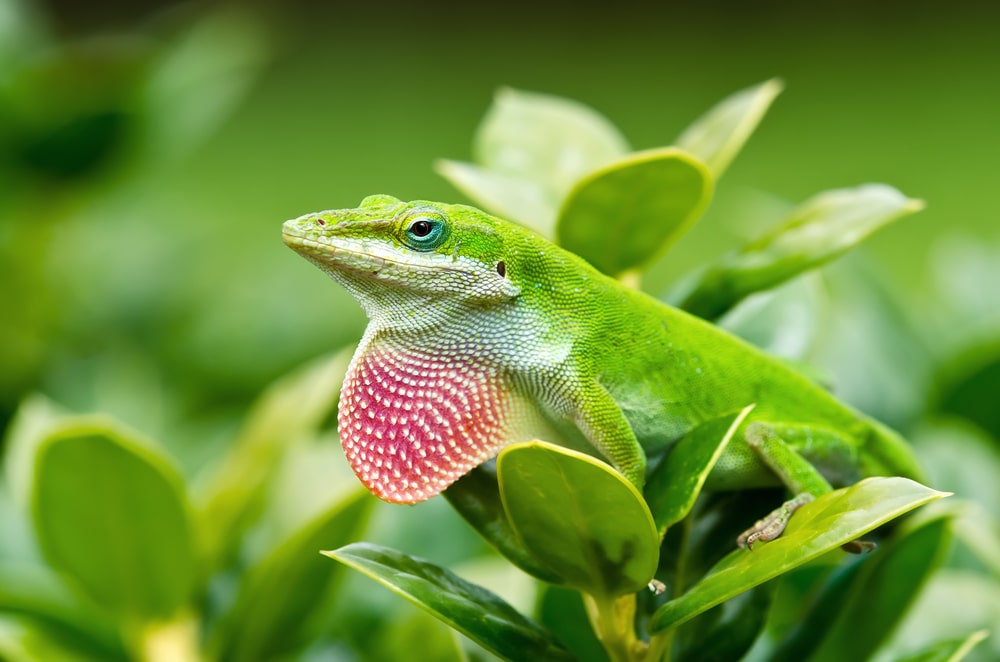The advantages of this finance-based mathematical model is that it can be applied to test theories about trait convergence as well as the role natural selection plays in shaping the evolutionary history of organisms
Researchers with The University of Queensland have created a mathematical model that combines short term natural selection, also known as microevolution, with that of macroevolution, or the evolution of species over millions of years. The research, developed by Dr. Simone Blomberg of The University of Queensland’s School of the Environment, used a dataset from the finance community that studies the relationship of stock portfolios and how the price of shares of stock of a range of different companies are related to each other over time.
Blomberg and colleagues studied the datasets of the genetic traits of Anolis lizards and applied that data to the finance-based share portfolio equations, essentially fitting the business mathematical model to the lizard data in an effort to determine how the lizards evolved over time.
“For the first time, the relationship between the traits as they evolved together into the different species of Anolis can be expressed in a mathematical model, Blomberg said in a statement released to the media.” “We were able to use advanced geometrical methods to trace the evolution of the Anolis species, keeping true to the genetic relationships among traits. This area of mathematics is not well known among biologists, but it proved essential in uniting the micro- and macro-evolutionary frameworks.”
The advantages of this finance-based mathematical model is that it can be applied to test theories about trait convergence as well as the role natural selection plays in shaping the evolutionary history of organisms, Blomberg said.
The complete research paper, Multivariate trait evolution: models for the evolution of the quantitative genetic G-matrix on phylogenies can be read on the Evolution Letters website.



